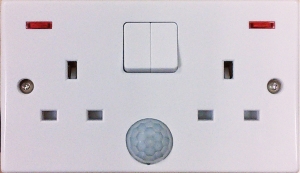Newcastle University, Institute for Ageing, have questioned the ethics of monitoring older people living alone with mundane household appliances, such as kettles. The Internet of Things (IoT) now has the capacity to place sensors unobtrusively and collect data continuously, generating concerns about “informed consent”. Four were identified:
- Smartphones passively monitor activities and send alert to families or carers in public spaces outside the control of the observed person;
- Potential stigmatisation of the observed person;
- Greater liability to the carer who has constant availability of data;
- Reduced face-to-face or telephone communication.
However, they urge caution to avoid over-emphasising potential harms compared to the likelihood of improved outcomes.
Innovate UK funded the study, which also included a focus group report of the Kemuri® Wellbeing Monitor. This is an IoT smart power socket that senses temperature, motion, and power used by kettles and microwaves in kitchens. Web software learns patterns of behaviour and checks for changes from normal behaviour every hour. The objective is to reduce NHS and Social Care costs by families identifying the risk of hypothermia, dehydration, malnutrition and unattended falls.
The focus group from VOICENorth were all carers of older people who had symptoms of dementia. The findings included:
- “… an overwhelmingly positive response that the three types of information was the most appropriate to support carers to provide reassurance that all was well”;
- “Most felt the kitchen was a place where ordinary day-to-day activities happen”;
- “… there was unanimity that the device was user-friendly in terms of the user interface (screen, readability, and instructions)”.
The full report, “Ethics of passive wellbeing monitoring and focus group report“, is available to download.

